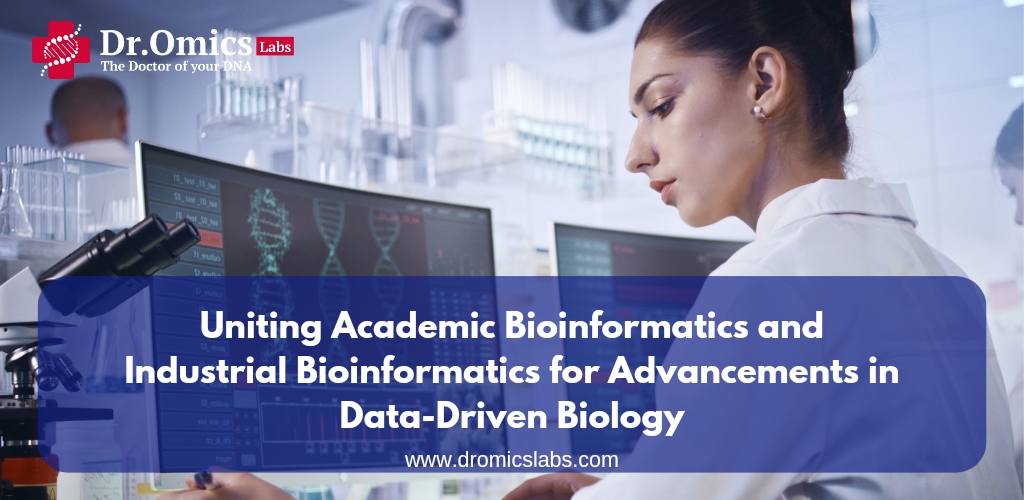Metabolomics is the study of small molecules (metabolites) that are involved in the biochemical processes of living organisms. Metabolites are the end products of gene expression and can reflect the physiological state of a cell or a tissue under different conditions. Metabolomics can provide insights into the molecular mechanisms of health and disease, as well as the interactions between the environment and the genome.
Mass spectrometry (MS) is one of the most widely used analytical techniques for metabolomics, as it can measure the mass-to-charge ratio and the abundance of thousands of metabolites in a single experiment. MS-based metabolomics can generate large and complex datasets that require advanced methods for data processing, analysis, and interpretation. Machine learning (ML) is a branch of artificial intelligence that can learn from data and make predictions or decisions based on patterns or rules. ML methods can be applied to MS-based metabolomics to facilitate data analysis and to support clinical decisions, guide metabolic engineering, and stimulate fundamental biological discoveries.
In this blog, we will introduce some of the basic concepts and types of ML methods, and review some of the recent applications of ML in MS-based metabolomics.
Machine Learning Methods
ML methods can be broadly classified into two categories: supervised and unsupervised learning. Supervised learning is the process of learning a function that maps an input (e.g., metabolite data) to an output (e.g., sample classification) based on labelled training data (e.g., disease status). Supervised learning can be used for tasks such as classification, regression, or prediction. Unsupervised learning is the process of learning the structure or distribution of the input data without any labels or outputs. Unsupervised learning can be used for tasks such as clustering, dimensionality reduction, or anomaly detection.
Some of the most commonly used ML methods for MS-based metabolomics are:
- Support vector machines (SVM): SVM is a supervised learning method that can perform binary or multiclass classification by finding a hyperplane that separates the data into different classes with the maximum margin. SVM can also handle nonlinear data by using kernel functions that map the data into a higher-dimensional space. SVM has been used for various applications in MS-based metabolomics, such as disease diagnosis, biomarker discovery, and drug response prediction.
- Decision trees (DT): DT is a supervised learning method that can perform classification or regression by splitting the data into subsets based on a series of rules or criteria. DT can handle both categorical and numerical data, and can provide interpretable and visual results. DT has been used for various applications in MS-based metabolomics, such as metabolic pathway analysis, metabolite identification, and metabolic network reconstruction.
- Random forests (RF): RF is a supervised learning method that can perform classification or regression by combining multiple DTs into an ensemble. RF can improve the accuracy and robustness of DTs by reducing the variance and the risk of overfitting. RF has been used for various applications in MS-based metabolomics, such as disease classification, biomarker selection, and metabolite annotation.
- Neural networks (NN): NN is a supervised learning method that can perform classification or regression by mimicking the structure and function of biological neurons. NN can learn complex and nonlinear relationships between the input and the output data by using multiple layers of interconnected nodes with activation functions. NN has been used for various applications in MS-based metabolomics, such as metabolite quantification, metabolic modelling, and metabolite prediction .
- Deep learning (DL): DL is a subfield of NN that can perform classification or regression by using multiple layers of nodes with high-level features and abstractions. DL can learn from large and complex data without the need for feature extraction or selection. DL has been used for various applications in MS-based metabolomics, such as metabolite identification, metabolite generation, and metabolite classification .
- Principal component analysis (PCA): PCA is an unsupervised learning method that can perform dimensionality reduction by transforming the data into a lower-dimensional space that preserves the maximum variance. PCA can reduce the noise and redundancy in the data, and can reveal the main sources of variation and the underlying structure of the data. PCA has been used for various applications in MS-based metabolomics, such as data visualisation, data preprocessing, and data exploration .
- K-means clustering: K-means clustering is an unsupervised learning method that can perform clustering by partitioning the data into k groups based on the similarity or distance between the data points. K-means clustering can identify the natural or hidden patterns or clusters in the data, and can provide insights into the heterogeneity or diversity of the data. K-means clustering has been used for various applications in MS-based metabolomics, such as data segmentation, data mining, and data integration .
Applications of Machine Learning in MS-based Metabolomics
ML methods have been applied to MS-based metabolomics for various purposes and domains, such as:
- Clinical metabolomics: ML methods can be used to analyse the metabolomic data of patients or healthy individuals, and to provide diagnostic, prognostic, or therapeutic information. For example, ML methods can be used to classify the disease status or subtype of patients, to identify the biomarkers or signatures of diseases, to predict the disease outcome or response to treatment, or to suggest the optimal treatment or intervention for patients .
- Metabolic engineering: ML methods can be used to analyse the metabolomic data of engineered or modified organisms, and to provide guidance or feedback for metabolic engineering. For example, ML methods can be used to model the metabolic network or pathway of organisms, to optimise the metabolic flux or yield of products, to design the metabolic circuits or modules of organisms, or to evaluate the performance or stability of engineered organisms .
- Fundamental biology: ML methods can be used to analyse the metabolomic data of biological systems, and to provide insights or discoveries for fundamental biology. For example, ML methods can be used to identify novel or unknown metabolites or enzymes, to elucidate the metabolic functions or mechanisms of genes or proteins, to explore the metabolic interactions or regulations of cells or tissues, or to investigate the metabolic evolution or adaptation of organisms.
- Food metabolomics: ML methods can be used to analyse the metabolomic data of food products, and to provide information or quality control for food safety, authenticity, or nutrition. For example, machine learning methods can be used to classify the origin or variety of food products, to detect the adulteration or contamination of food products, or to evaluate the nutritional value or health benefits of food products .
- Environmental metabolomics: ML methods can be used to analyse the metabolomic data of environmental samples, and to provide assessment or monitoring for environmental health, pollution, or ecology. For example, machine learning methods can be used to measure the exposure or effects of environmental stressors, such as chemicals, metals, or radiation, on biological systems, to identify the biomarkers or indicators of environmental quality, or to explore the diversity or interactions of environmental microorganisms .
- Pharmaceutical metabolomics: ML methods can be used to analyse the metabolomic data of drug candidates, and to provide support or guidance for drug discovery, development, or evaluation. For example, machine learning methods can be used to screen or design the potential drug molecules, to optimise the drug synthesis or formulation, or to assess the drug efficacy, safety, or metabolism .
Conclusion
ML methods are powerful and versatile tools that can be applied to MS-based metabolomics to ease data analysis and to support various applications and domains. ML methods can handle the large and complex metabolomic data, and can learn from the data and make predictions or decisions based on patterns or rules. ML methods can also provide interpretable and visual results, and can facilitate the communication and dissemination of the results. ML methods can enhance the value and impact of MS-based metabolomics, and can contribute to the advancement of science and technology.
References
- Mendez KM, Broadhurst, DI & Reinke SN (2019) The application of artificial neural networks in metabolomics: a historical perspective. Metabolomics 15, 142. https://doi.org/10.1007/s11306-019-1608-0
- Galal A, Talal M and Moustafa A (2022) Applications of machine learning in metabolomics: Disease modeling and classification. Front. Genet. 13,1017340. https://doi.org/10.3389/fgene.2022.1017340
- Liebal UW, Phan ANT, Sudhakar M, Raman K, Blank LM (2020) Machine Learning Applications for Mass Spectrometry-Based Metabolomics. Metabolites. 10, 243. https://doi.org/10.3390/metabo10060243




